
Published 1:16am , Fri October 4th, 2024
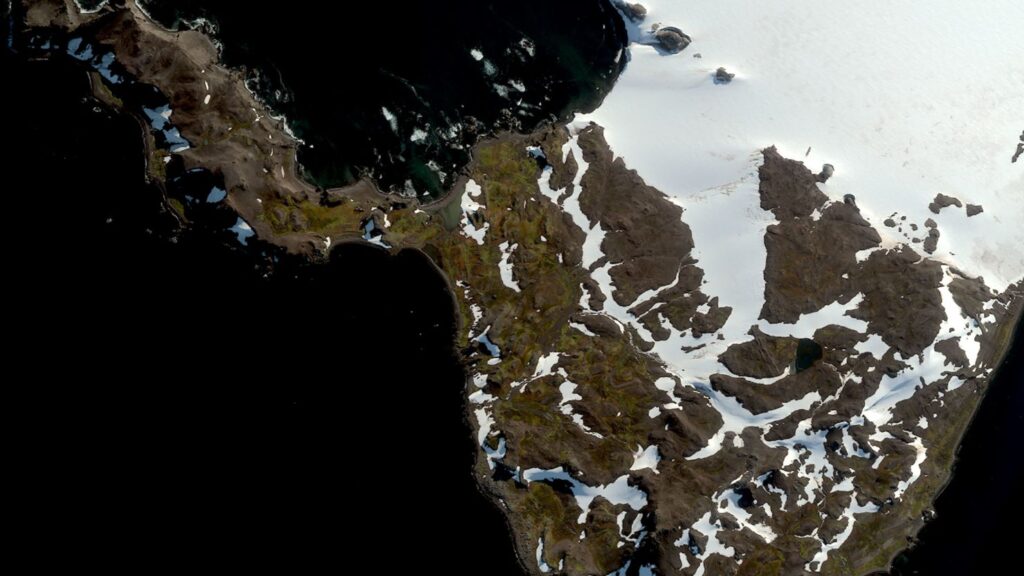
Rapid Greening of Antarctica: New Research Highlights Alarming Changes
A satellite image of Robert Island on the Antarctic Peninsula reveals a surprising transformation as parts of this icy landscape are turning green with an alarming rate of plant growth. Recent research has identified that extreme heat events are significantly impacting the region, raising concerns about the ongoing changes to Antarctica’s ecosystem.
Scientists employed satellite imagery and data analysis to assess vegetation levels on the Antarctic Peninsula, which is a long mountain chain extending northward toward the tip of South America. This area has been warming at a pace much faster than the global average.
The findings indicate that plant life, primarily composed of mosses, has surged by more than tenfold over the last four decades. This research was conducted by scientists from the universities of Exeter and Hertfordshire in England, along with the British Antarctic Survey, and the results were published on Friday in the journal Nature Geoscience.
Vegetation covered less than 0.4 square miles of the Antarctic Peninsula in 1986 but had reached almost 5 square miles by 2021, the study found. The rate at which the region has been greening over nearly four decades has also been speeding up, accelerating by more than 30% between 2016 and 2021.
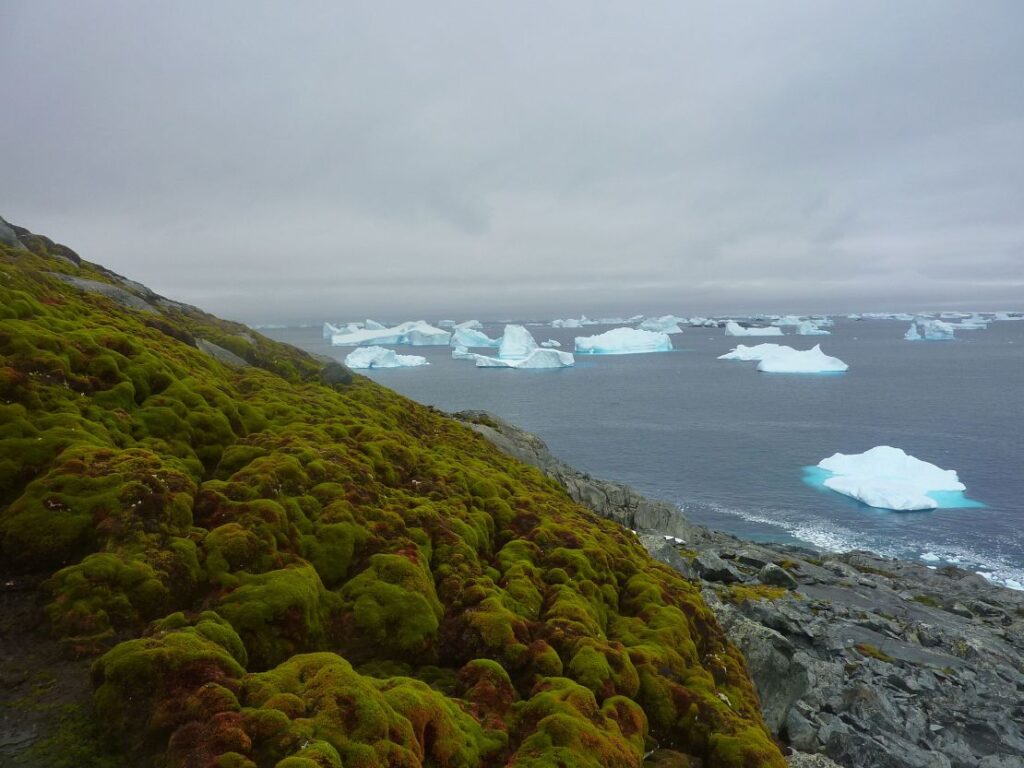

A Green Emergence: The Changing Landscape of Antarctica
By Laura Paddison, CNN
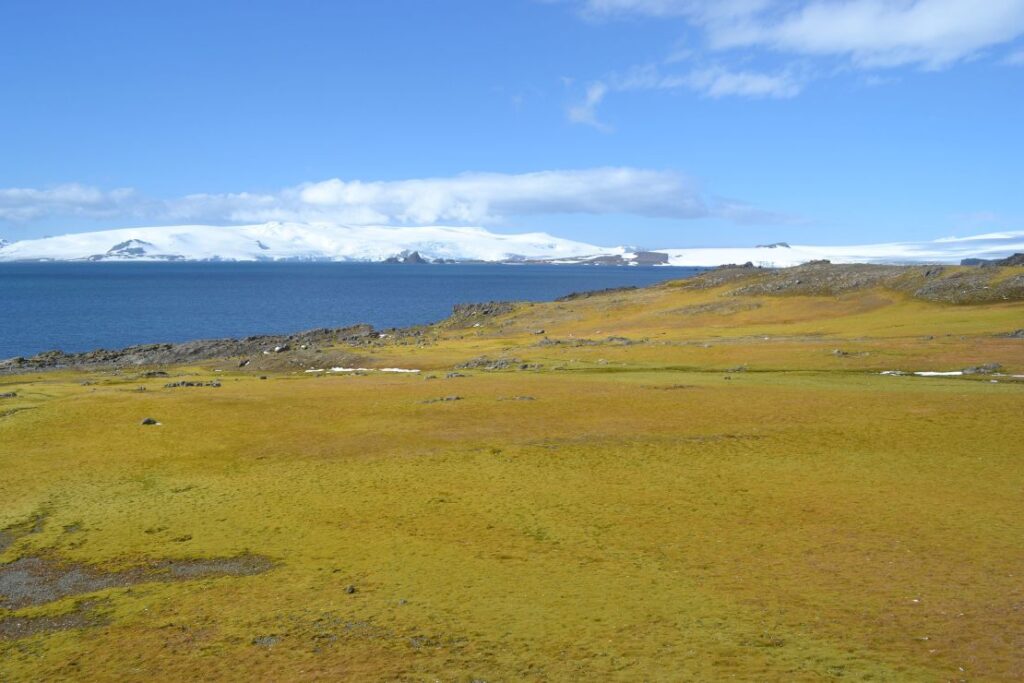
Vegetation growing on Green Island on the Antarctic Peninsula, which is warming much faster than the global average.
A satellite image captures a segment of Barrientos Island, revealing areas that have given way to vibrant plant life. According to Thomas Roland, an environmental scientist at the University of Exeter and one of the study’s authors, while the Antarctic landscape remains predominantly composed of snow, ice, and rock, this small green area has shown dramatic growth since the mid-1980s.
“Our findings confirm that the influence of anthropogenic climate change knows no boundaries,” Roland explained to CNN. “Even in the Antarctic Peninsula—an extreme, remote, and isolated wilderness—changes in the landscape are occurring, and these effects can be observed from space.”
Antarctica, recognized as the coldest place on Earth, has recently been subjected to extreme heat events that are raising alarm. This past summer, certain regions of the continent experienced an unprecedented heat wave, with temperatures soaring up to 50 degrees Fahrenheit above the normal range by mid-July.
Furthermore, in March 2022, some areas recorded temperatures reaching an astounding 70 degrees above normal, marking the most extreme temperature anomalies ever documented in this part of the world.
As fossil fuel pollution continues to contribute to global warming, scientists predict that Antarctica will persist in its warming trend, leading to an acceleration of this greening phenomenon.
As vegetation expands across the peninsula, the formation of soil is likely to increase, potentially creating a more hospitable environment for invasive species. This development poses a significant threat to native wildlife.
“Seeds, spores, and plant fragments can easily find their way to the Antarctic Peninsula through the boots or equipment of tourists and researchers, or through more traditional routes like migrating birds and wind—this presents a clear risk,” Roland warned.
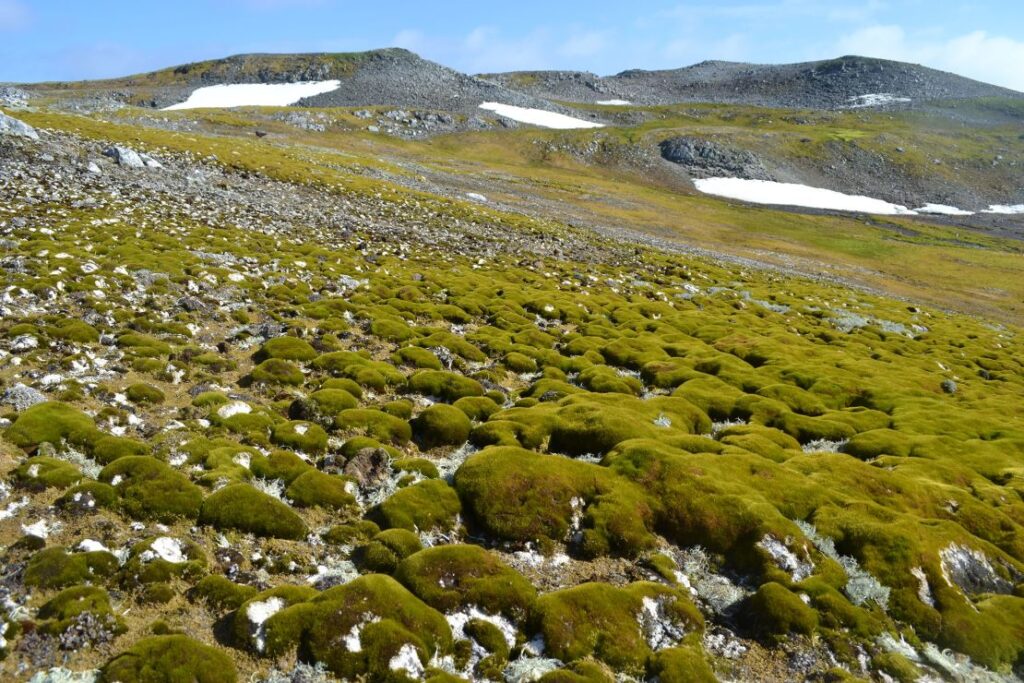
Antarctica’s Ardley Island, which is around a mile long and home to a number number of penguin colonies. Dan Charman
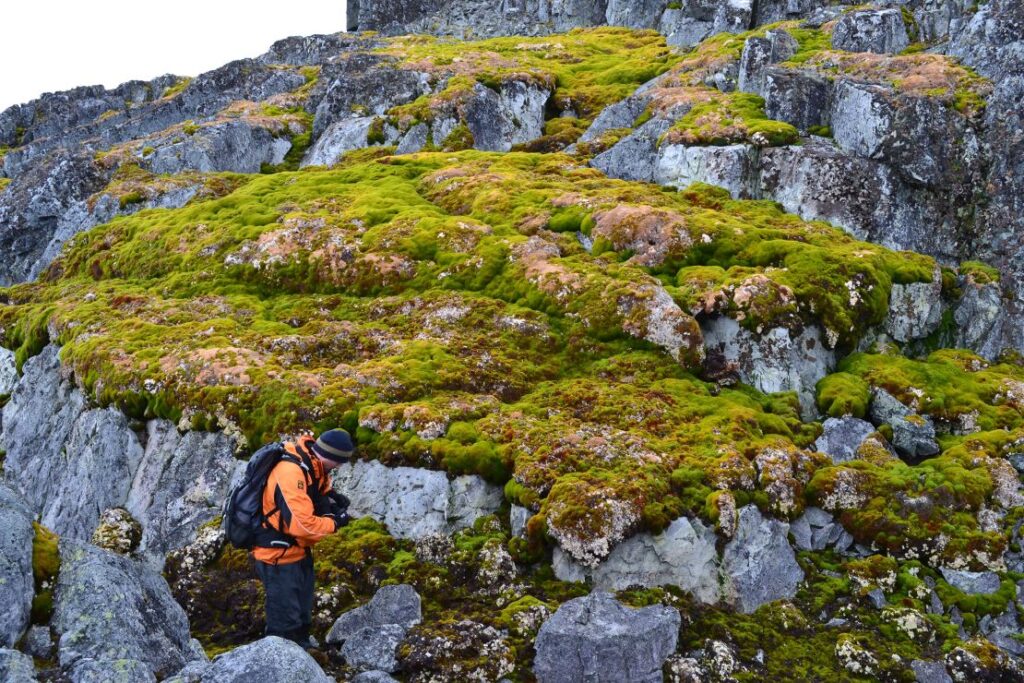
The Impacts of Greening on Antarctica’s Landscape
By Laura Paddison
Vegetation is increasingly taking root on the rocky landscapes of Antarctica, particularly at Norsel Point, as shown in images captured by Dan Charman. This greening trend not only transforms the landscape but also raises concerns about the broader implications for the Antarctic Peninsula’s environmental balance.
One significant impact of this greening phenomenon is the potential reduction of the peninsula’s ability to reflect solar radiation back into space. Darker surfaces absorb more heat, which could exacerbate warming in the region. Although the effects of this change may be localized, experts like Olly Bartlett, a senior lecturer in remote sensing and geography at the University of Hertfordshire, emphasize that they could further accelerate the growth of plant life as climate conditions continue to warm.
“This iconic landscape could be changed forever,” Bartlett warned, highlighting the long-term consequences of these changes.
Matthew Davey, an associate professor of physiological ecology at the Scottish Association for Marine Science and an expert in polar plant and microbe ecology, commented on the significance of the study, calling it “an important progression” in understanding the dynamics of plant life in Antarctica.
Davey, who was not involved in the research, noted that the actual increase in vegetation might be larger than reported. The methods used by the researchers primarily focused on identifying larger, greener moss fields, but there are also extensive areas of lichens, grasses, and both green and red snow algae that contribute to the overall vegetation in Antarctica.
While the absolute increase in plant life area is modest, the percentage rise is notable and illustrates a clear trend of slow but steady vegetation expansion in the region.
Looking ahead, the next phase for these scientists will involve studying how plants colonize newly exposed bare land as Antarctica’s glaciers continue to recede. This ongoing research will be crucial for understanding the future of plant life in one of the planet’s most extreme environments.








